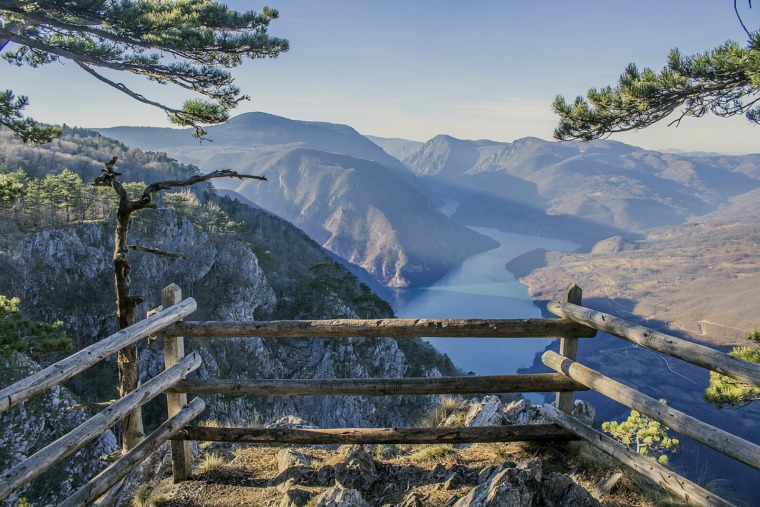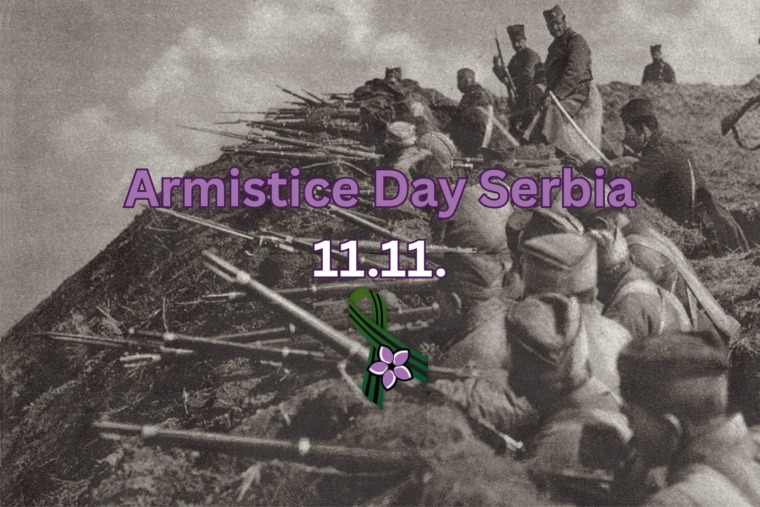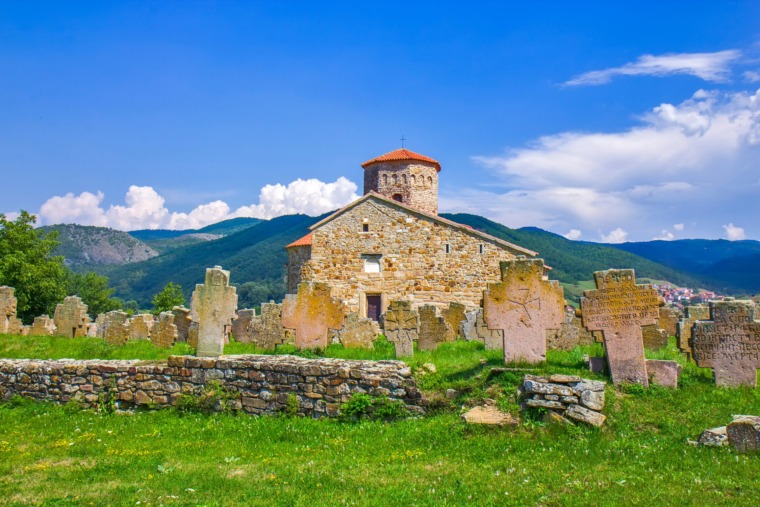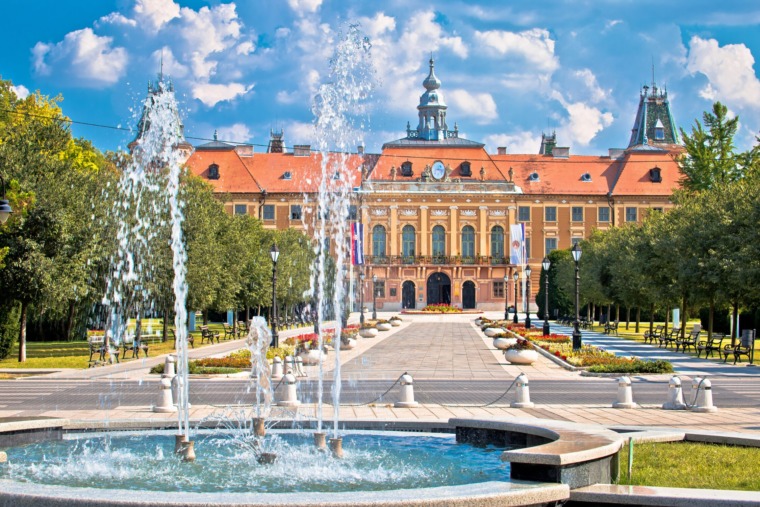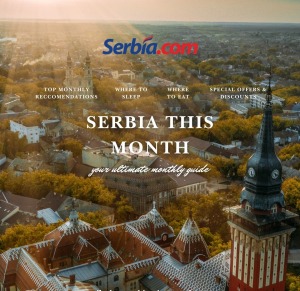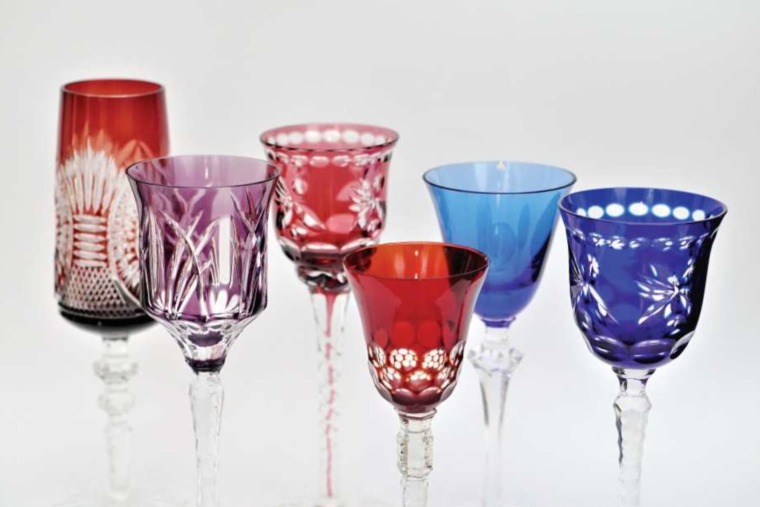
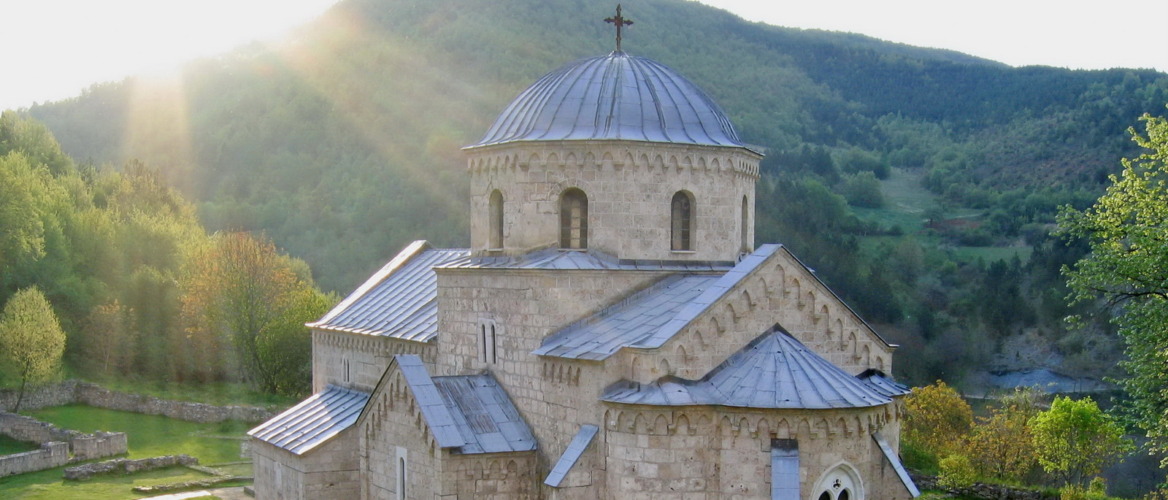
Tucked away on the slopes of Mount Golija and surrounded by lush forests, Gradac Monastery stands as one of Serbia’s most beautiful yet lesser-known medieval gems. This elegant monastery, the endowment of Queen Helen of Anjou, wife of King Uroš I of the Nemanjić dynasty, radiates a rare blend of spirituality, royalty, and artistic heritage.
History: A French Queen in Medieval Serbia
Gradac Monastery was built between 1277 and 1282 as the personal endowment of Queen Helen of Anjou, a noblewoman of French origin. As the wife of King Uroš I and the mother of two prominent Serbian kings, Dragutin and Milutin, she played a significant role in the cultural and political life of medieval Serbia.
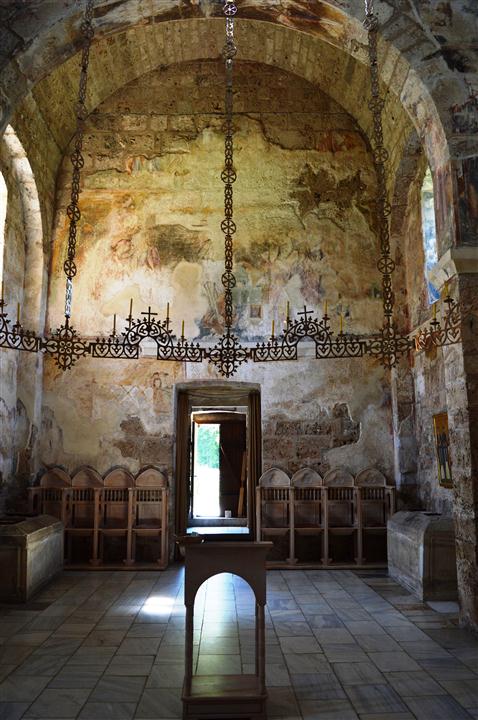
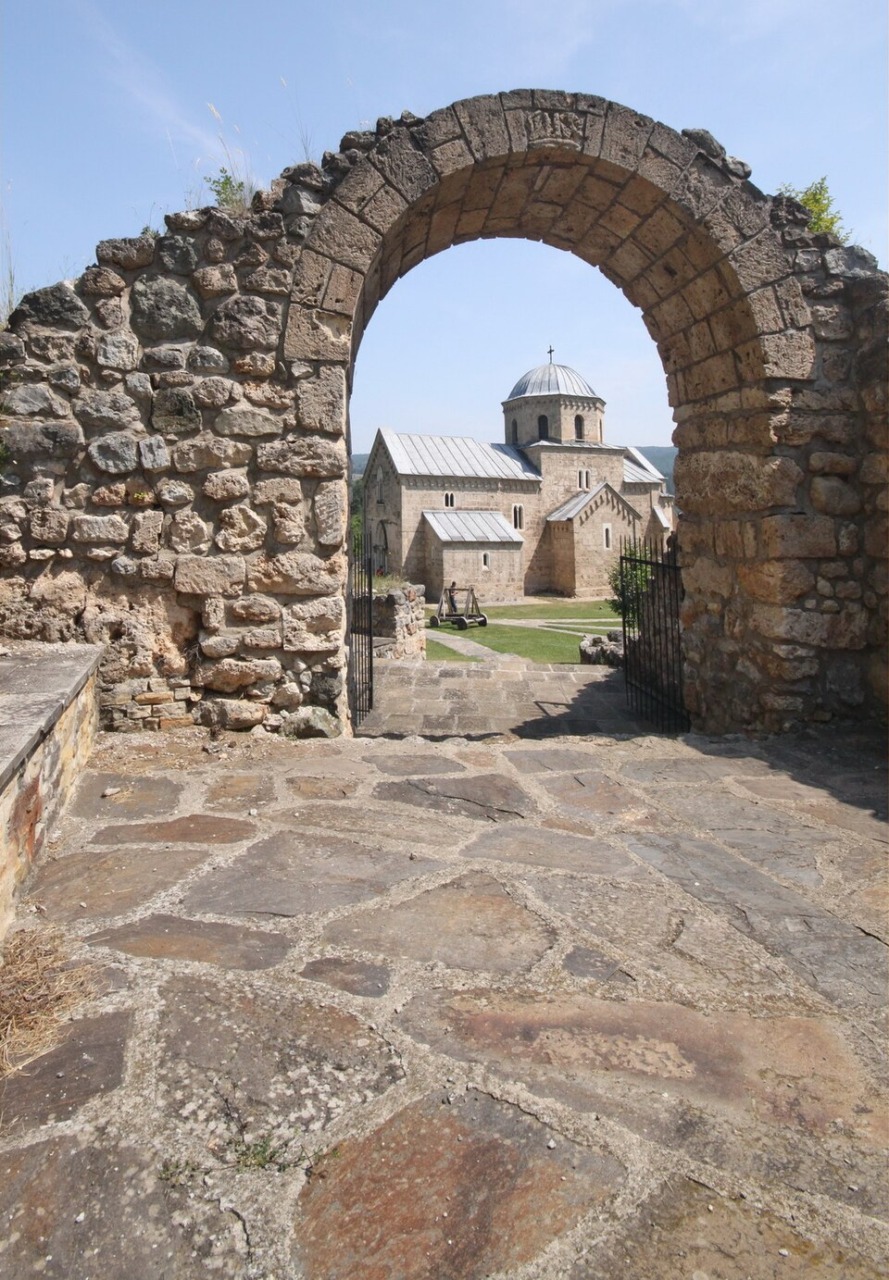
M.radosavljevic, Wikimedia Commons
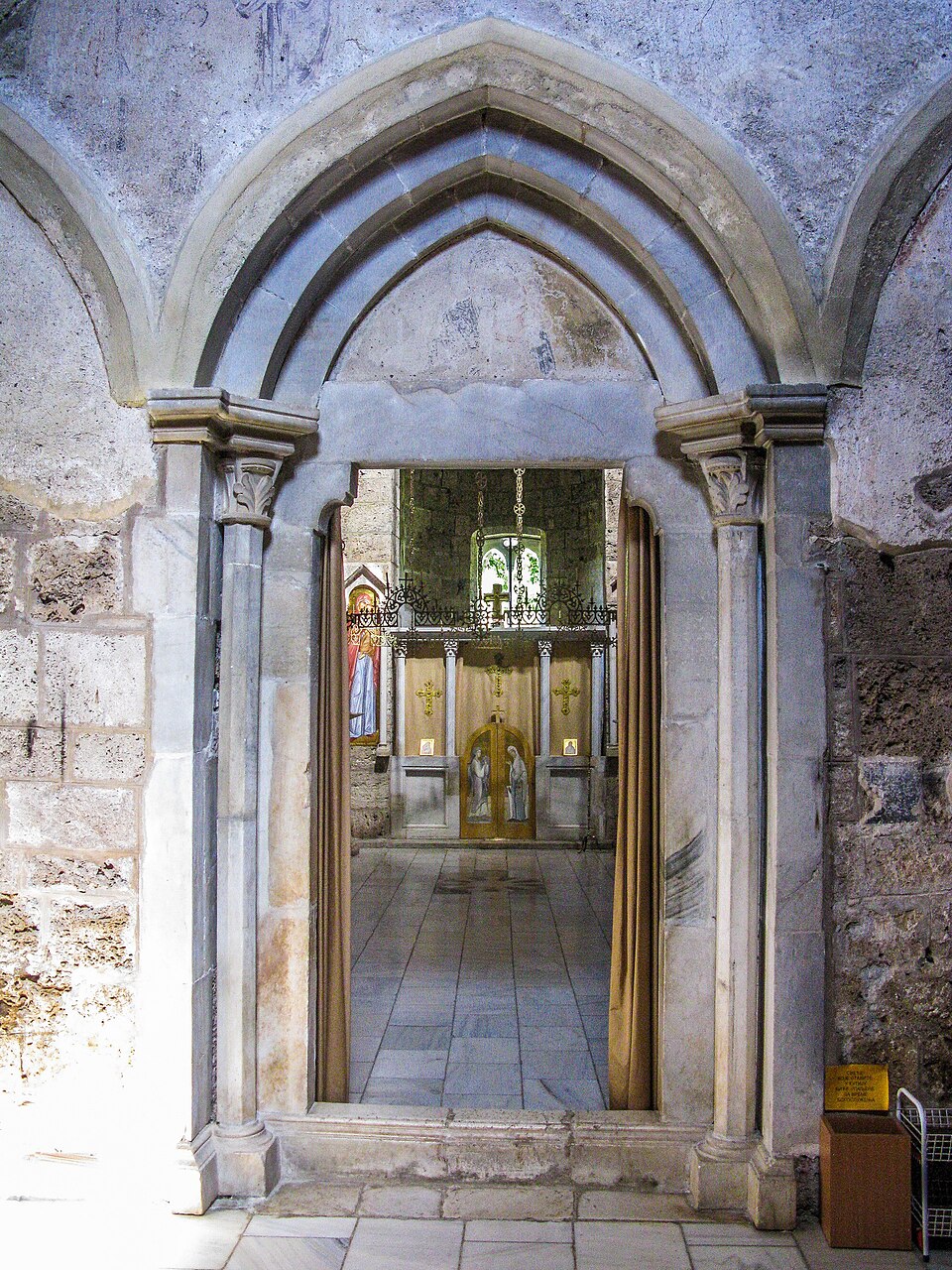
CrniBombarder!!!, Wikimedia Commons
It is believed that Queen Helen closely oversaw the construction of the monastery and spent her final years there. According to tradition, she was buried within the church, and her tomb remains a sacred place of pilgrimage and reverence.
Architecture and Frescoes: East Meets West
Gradac is a prime example of the Raška architectural style, with a unique blend of Romanesque (Western) and Byzantine (Eastern) elements. This fusion reflects Queen Helen’s Western heritage and her deep respect for Orthodox tradition. The church, built of white limestone, features elegant proportions, decorative portals, and refined stonework.
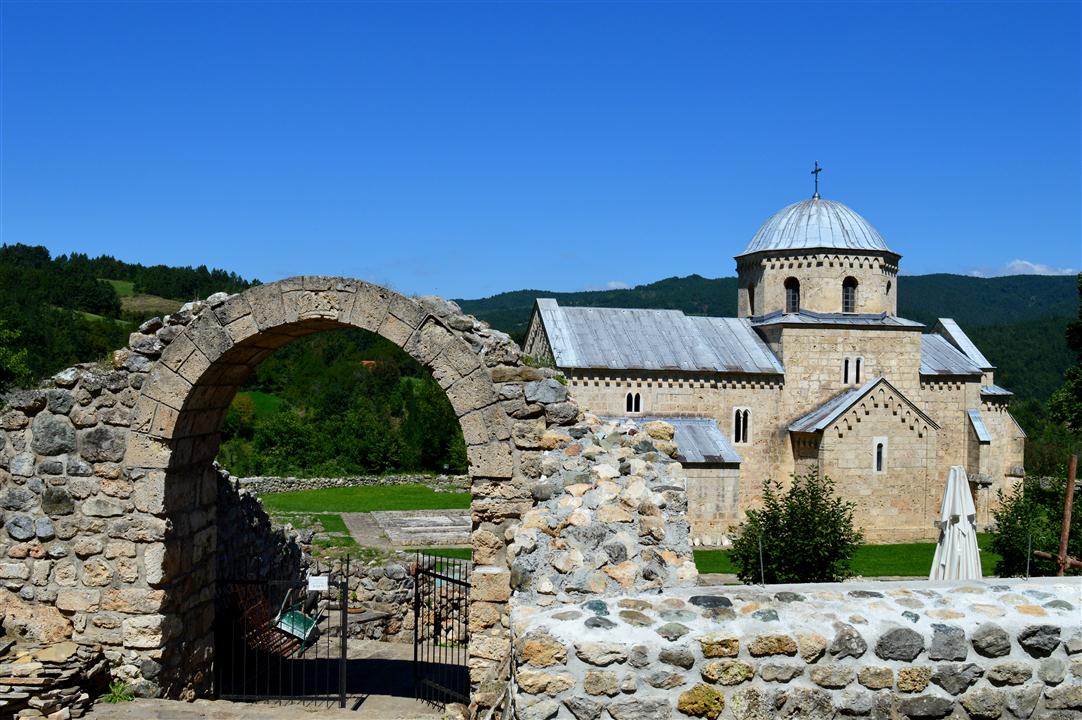
Inside, visitors can admire frescoes painted in the late 13th century. Though partially damaged by time, the remaining frescoes still convey a deep sense of spirituality and artistic mastery. Notable among them are depictions of Christ Pantocrator, scenes from the life of Christ, and a particularly moving image of the Virgin Mary with Christ, known for its gentle warmth and serene expression.
The Spiritual and Cultural Significance of Gradac
Gradac Monastery holds great importance in Serbian history—not only as a spiritual site but also as a testament to the role of women in medieval society. Queen Helen is one of the few female rulers who left behind such a prominent legacy. Today, the monastery is home to a small community of Orthodox nuns who continue to preserve its sacred purpose.
After centuries of neglect, the monastery underwent restoration in the late 20th century and has since regained much of its former beauty and dignity.
What to See and Do at Gradac and Nearby
1. Explore the Monastery Grounds and Attend a Liturgy
Visitors are welcome to walk through the serene monastery complex, attend a service, or simply enjoy the peace and quiet of this sacred space.
2. Visit the Tomb of Queen Helen
Inside the church lies the tomb believed to belong to Queen Helen of Anjou. Pilgrims and history lovers alike are drawn to this powerful and humble monument.
3. Day Trip to Raška and Brvenik Fortress
The nearby town of Raška (17 km away) offers cultural stops, including local museums and historical sites. A visit to the ruins of Brvenik Fortress is also recommended for sweeping views of the Ibar River valley.
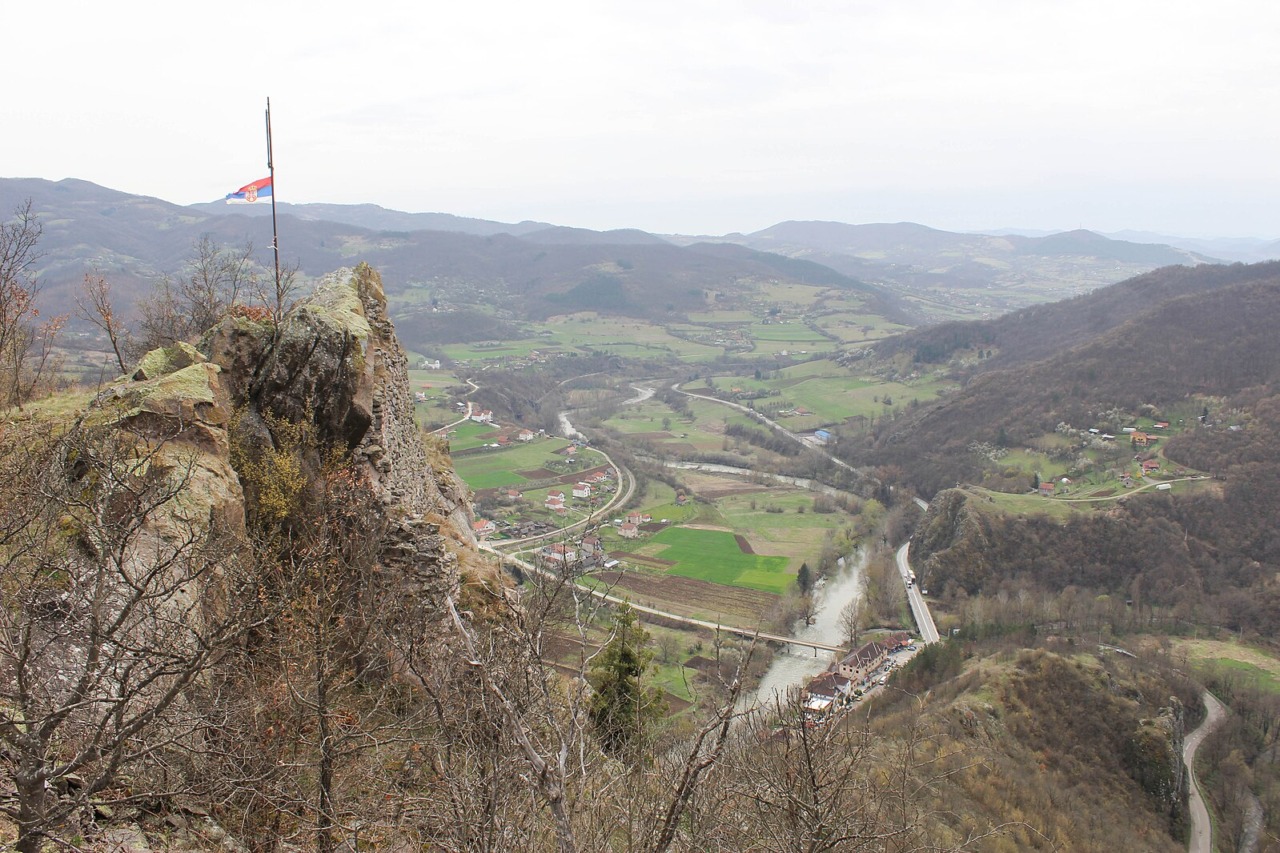
4. Hike in the Golija Biosphere Reserve
Gradac lies on the northern slopes of Mount Golija, a UNESCO-protected biosphere reserve. The surrounding area is ideal for hiking, birdwatching, and reconnecting with nature.
5. Enjoy Pure Silence and Natural Beauty
Far from the noise and distractions of modern life, Gradac offers a rare opportunity to slow down, reflect, and simply be present in a setting where time seems to stand still.
How to Get to Gradac Monastery
The monastery is located near the village of Brvenik, about 17 km northwest of Raška. A local road leads to the site, and although the last part is not paved, it is accessible by car. The drive is scenic, passing through dense forest and rolling hills.
Where Silence Speaks
Gradac is not just a church built in stone—it is the embodiment of a queen’s vision, a place where cultures met, and faith endured. Whether you’re a pilgrim, a history enthusiast, or simply a traveler seeking meaning in silence, Gradac welcomes you with open arms and centuries of stories.
Related Articles

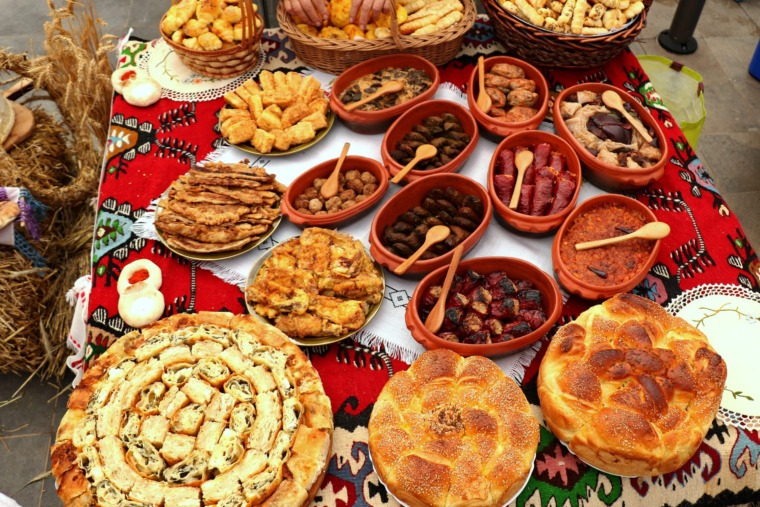
Serbian Comfort Food: A Cozy Guide to Winter Flavors
November 18, 2025
13 Unreal Photos of Belgrade: A City That Looks Like a Dream
November 13, 2025

